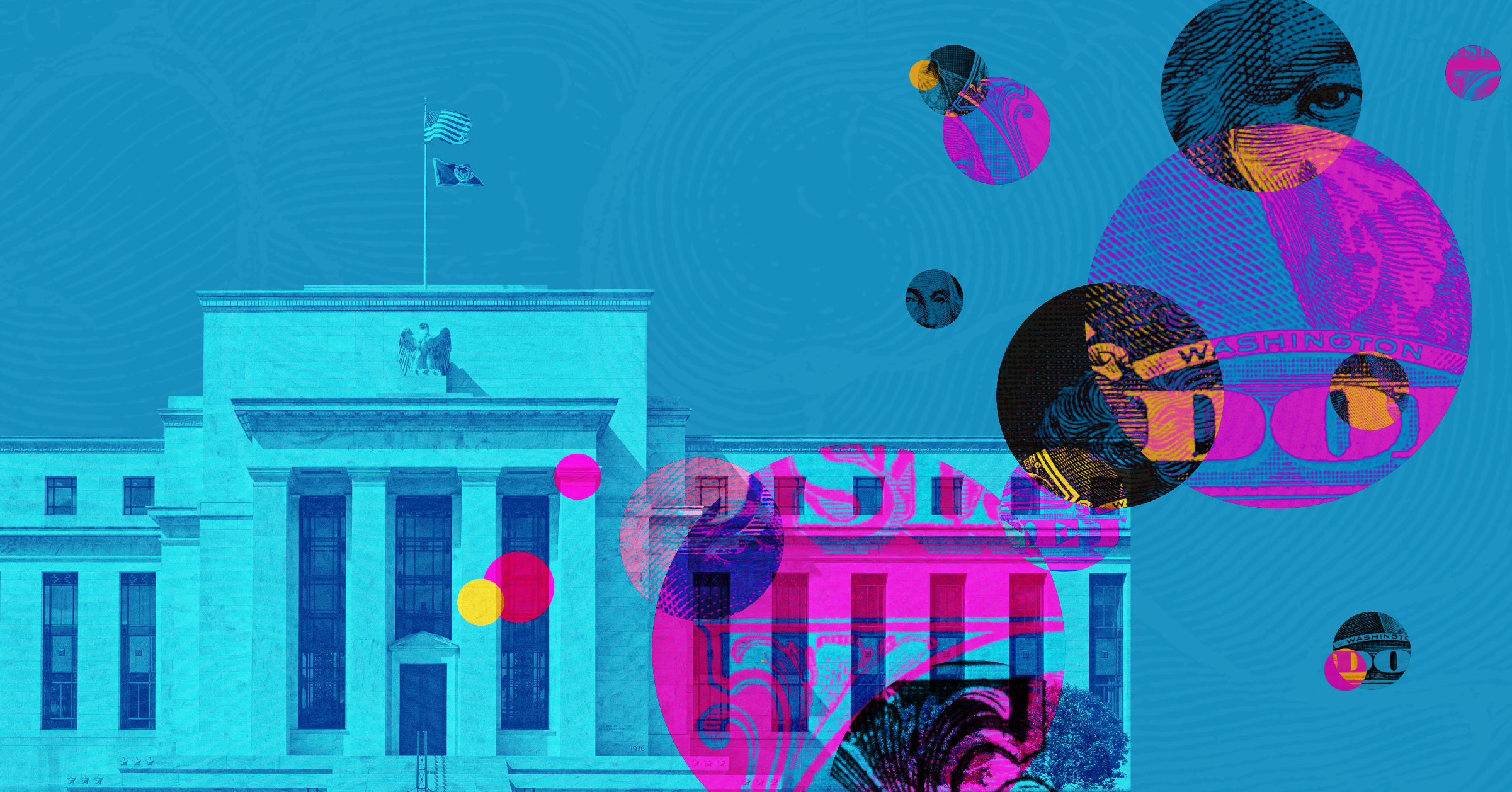February CPI Report Forecasts Show Inflation Rising Faster Thanks to Gas Price Spike
The last mile in the inflation fight is proving bumpy.

The Consumer Price Index report for February 2023 is expected to show inflation heating up again, thanks to an uptick in gasoline prices. But even excluding higher costs at the pump, the report is expected to show that upward pressure on prices is remaining stickier than Federal Reserve officials may want.
After dramatic improvement in 2023, recent data showing stubborn price and wage pressures has investors wondering whether progress on inflation is stalling. Those worries have prompted markets to dramatically recalibrate their expectations for the timing of the Fed’s next policy easing cycle, pushing the predicted starting date from March to June.
Economists expect the overall CPI reading in February to show 0.4% growth on a monthly basis, up from 0.3% growth in January, with the annual growth rate holding steady at 3.1%, according to FactSet’s consensus estimates.
Rate Cuts Still Seen as Likely In 2024
Even if February’s data comes in hot, economists and Fed officials still see room for progress (and rate cuts) this year.
“We’re still on the road” to the Fed’s inflation target, according to Scott Anderson, chief US economist at BMO Capital Markets. However, he thinks the economy may be “swerving a bit” along the way. He forecasts the February CPI to show a 0.4% monthly increase and a 3.1% increase from a year ago.
Core CPI, which excludes volatile food and energy prices, has proved sticky over the past year. The core index is expected to rise 0.3% on a monthly basis (slower than January’s 0.4% increase) and 3.7% on an annual basis (also slower than January’s gains), according to FactSet.
February CPI Report Highlights
- CPI Report Release Date and Time: Tuesday, March 12 at 8:30 a.m. EST
- The CPI is forecast to rise 0.4% in February after increasing by 0.3% in January.
- Core CPI is forecast to rise 0.3% in February after rising 0.4% in January.
- The CPI year over year is forecast to remain steady at 3.1% in February.
- Core CPI year over year is forecast to rise 3.7% in February after rising 3.9% in January.
“We expect the data to show that while inflation remains frustratingly high, the underlying trend is not strengthening,” Wells Fargo economists wrote this week.
Analysts expect say the uptick in overall inflation they expect in February will largely be driven by a jump in gas prices. “We’re going to get an acceleration,” says José Torres, senior economist at Interactive Brokers. “Gasoline and goods have totally controlled the inflation narrative” so far, he says, adding that February was the first month since last fall when both oil and gas prices rose.
The goods component of the index has seen outright deflation over the past few months, but Anderson expects that progress to slow down. “When gasoline and goods start working against you from an inflationary perspective,” Torres adds, “you’ve got some serious problems.”
CPI vs. Core CPI
Services Prices to Remain Elevated for Now
Analysts don’t anticipate significant improvement on the services side of the inflation equation either. “I don’t think we’re going to get a lot of relief from the usual suspects” like shelter in January, Anderson says.
In general, economists expect improvements in shelter costs to make their way into CPI data and bring services prices lower. “We just haven’t seen it yet in the data,” Anderson says, “but we think by the end of the year, we’ll start to see those shelter components starting to moderate.”
When Will the Fed Cut Rates?
In testimony before Congress this week, Fed Chair Jerome Powell reiterated that the central bank is not yet confident that the inflation rate is within striking distance of its target. However, he added that they are “not far” from reaching that confidence, and that rate cuts “can and will” begin this year if the pace of disinflation continues.
February’s data could reinforce that narrative. “With the core CPI likely to be running at a 3.9% annualized pace in the three months through February, the Fed is likely to be searching for more confidence that inflation is on course to return to target on a sustained basis for a little while longer,” Wells Fargo analysts wrote.
The economy is still growing and the labor market remains strong, even with the current elevated rates. That means the Fed has “the luxury of waiting and seeing how the data plays out” before deciding to ease policy, according to Anderson.
Bond traders are anticipating between three and four cuts this year, according to the CME FedWatch tool, with a roughly 60% chance of a quarter-point cut coming in June.
The author or authors do not own shares in any securities mentioned in this article. Find out about Morningstar’s editorial policies.


/cloudfront-us-east-1.images.arcpublishing.com/morningstar/GJMQNPFPOFHUHHT3UABTAMBTZM.png)
/cloudfront-us-east-1.images.arcpublishing.com/morningstar/ZYJVMA34ANHZZDT5KOPPUVFLPE.png)
/cloudfront-us-east-1.images.arcpublishing.com/morningstar/LDGHWJAL2NFZJBVDHSFFNEULHE.jpg)